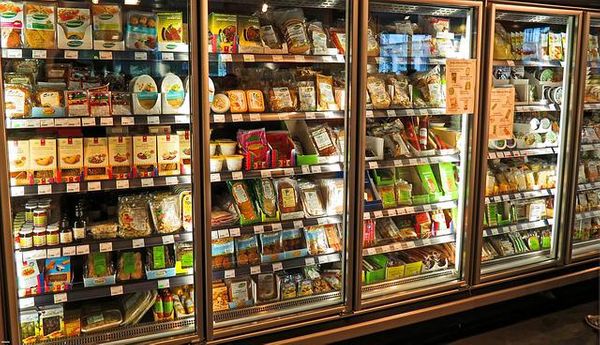The cost of living is sharply rising and impacting people’s quality of life. You may have supplemented some of your needs by recreating them at home. But grocery stores are having a difficult time adapting during these uncertain times.
Grocery stores are experiencing the financial pressures of inflation. Commercial supplies like refrigeration units are becoming more expensive. Stores are raising their prices to afford the inflated cost of refrigeration equipment.
But there needs to be a USDA grant to help grocery stores buy their commercial supplies. Financial aid keeps stores from being a financial burden to their customers.
Discover what happens to stores as the cost of commercial refrigeration increases.
Less Inventory
A commercial refrigerator costs thousands of dollars, and the maintenance is also expensive. Smaller stores are shrinking their refrigerator aisle to save on equipment costs.
It is much cheaper to manage an inventory of non-perishable foods and household items. Stores like Dollar Tree are recession-proof because most of their merchandise is non-perishable.
Some stores advertise items for a limited time or seasonally to see how well they sell. Rotating items make the most out of refrigeration space and do not clog up inventory.
Frozen Foods Are Significantly Higher
Frozen foods are more nutritious than processed foods that are on the shelves. And you can stockpile frozen foods because they last longer than fresh foods.
But the cost of commercial freezers hikes up the price of frozen foods. Instead, people buy fresh foods and freezer bags to make their frozen goods.
There is a surplus of food in the frozen aisle because the prices are too steep.
The frozen food aisle is a great place to take advantage of graphic design and marketing. The perfect packaging design for frozen food items will move a product out of a freezer.
Small Businesses Suffer
Buying a commercial freezer is a small feat for big box stores. Their massive equipment proves how much money they have on reserve.
Chain stores have raised their prices but are not at risk of going out of business.
Smaller grocers pay a hefty price for the increase in refrigeration equipment. These stores have to lease their equipment, and this cost takes from their earnings.
The surrounding community takes a hit as well. Locals lose a community asset and may have to travel out of the way to get groceries.
Losing Against Other Alternatives
People are finding ways to subsidize their groceries. But this means customers are abandoning grocery stores in search of alternatives.
Open-air markets have minimal overhead costs and no refrigeration costs. Low operational costs and locally sourced produce mean affordable prices.
How do grocery stores stand a chance against these competitors?
Refrigeration Equipment
Shop at your local grocery store so they can afford their refrigeration equipment. Frozen pre-made meals are expensive, but they save you time in the kitchen.
Check out the Food and Culinary section for other quick meal tips.
Also, Read: 5 Ways to Cook Restaurant Quality Food at Home


